BED BUG INFECTION—5 REASONS FOR THE INCREASE & HOW TO COPE
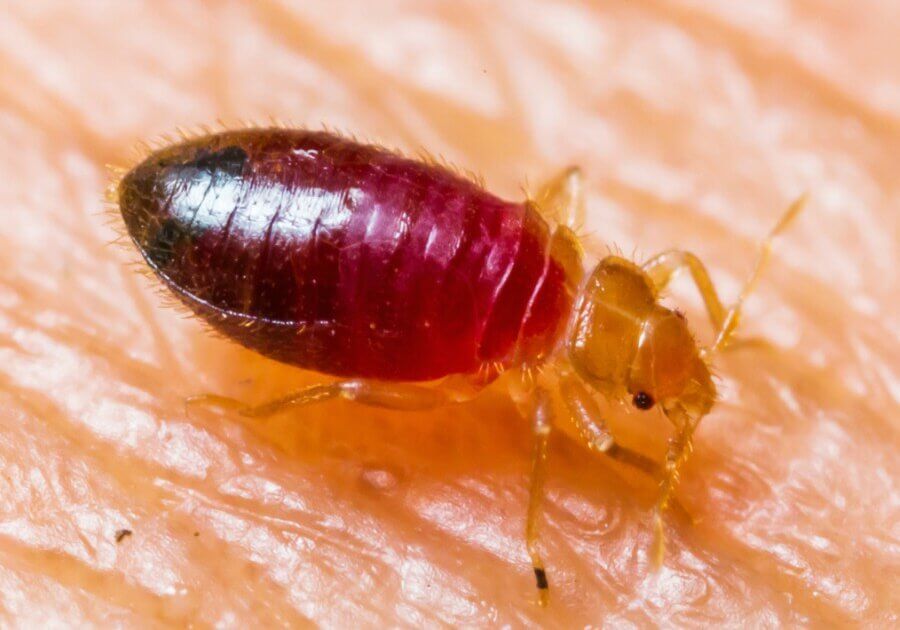
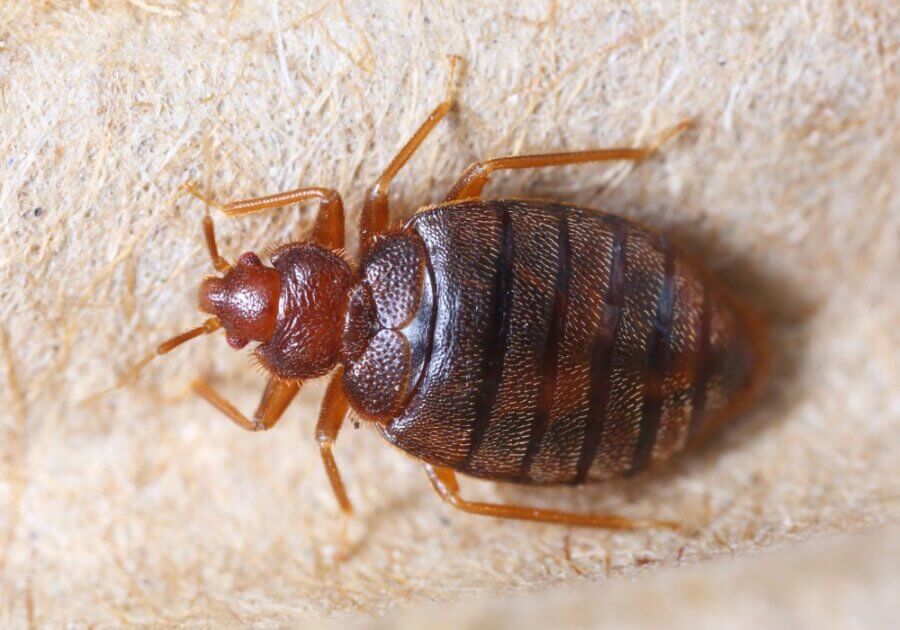
Bedbugs are small wingless insects measuring 4-5mm long and 1.3-2mm wide. They suck and feed on human blood, especially at night when people go to bed. When crushed bedbugs release a musky, unpleasant odor that some describe as a coriander-like smell.
You can develop allergic reactions and skin rashes when bitten. Some people have a strong repulsion against bedbugs and suffer emotional problems when they discover them at home. One woman panicked and wept when she found the bugs under the mattress.
Reasons for proliferation
Social stigma—people fear to speak out because they associate bedbugs with dirt, lack of cleanness and low social status. You become a social outcast overnight. Your friends suddenly do not want to visit you, and they don't want you to visit them.
Hot weather—cuts the reproductive cycle of a bedbug by slightly more than half from 18-21 to 8-9 days. You find bugs in literally all countries in the world.
Holidaymakers—people returning home from summer holidays overseas bring bedbugs from hotel rooms in their luggage. You can encounter bugs in hotels of all classes, including 5-star facilities. People associate the bloodsuckers with dingy hotels, but that is not necessarily true.
Resistance to pesticides—like many pests, bedbugs have developed resistance to many common insecticides. The use of pesticides had eliminated the bugs from many developed countries, but the tide is now in favor of the bloodsuckers.
Adaptability—bedbugs exhibit an amazing ability to rise to the occasion in almost all environments. They hunt for human blood in Africa, Asia, Europe and the Americas. You can avoid desert serpents by not going to arid regions, but bedbugs are found everywhere: public transport, people’s homes, and hotels.
Treatment
As noted above many pesticides are no longer effective against bedbugs. Although very adaptable, they cannot survive temperatures above 60 degrees centigrade.
Pest experts recommend 14-day program of treatment and monitoring comprising of washing clothe and bedding at 60 degrees and deep cleaning of the infected home.
References:
The Guardian: Bedbugs plague hits British cities
RECENT POSTS
Sign up to learn about new articles!
Be the first to know when we post a new nuggets of wisdom on Zala Hub. Read exciting and educative articles about the natural world!
PICKS FOR YOU
Where do katydid bugs live and what do they eat?
WHERE DO KATYDID BUGS LIVE AND WHAT DO THEY EAT? Predatory bush cricket (Saga Pedo) Katydid bugs live in…
Read MoreHow many beetles are there?
HOW MANY BEETLES ARE THERE? Brightly colored beetle Metallic green beetle The exact number is not known. Beetles come in…
Read More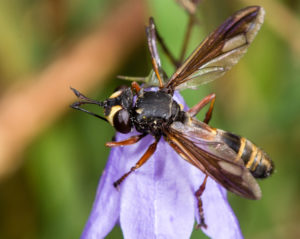
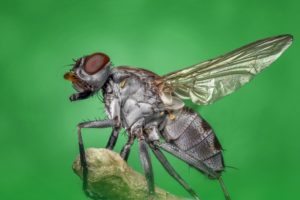



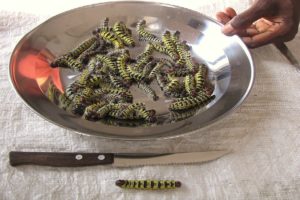

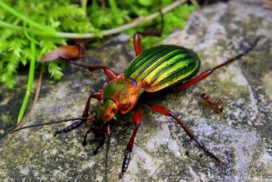
I went over this site and I believe you have a lot of great information, saved to fav (:.